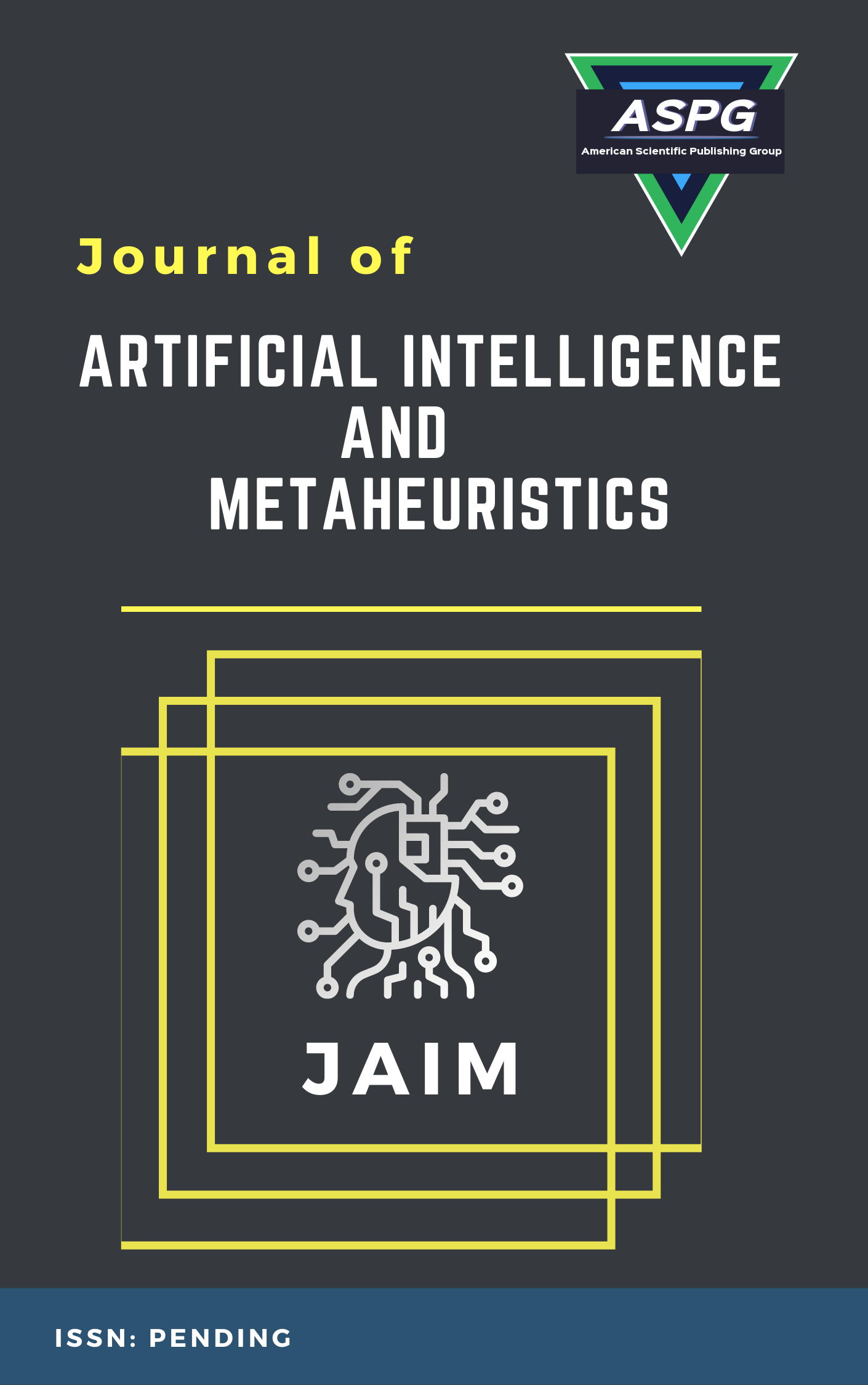

Obesity is a global health concern with significant impacts on individuals and society. Accurate and timely classification of obesity levels can help in the development of personalized interventions and targeted healthcare strategies. In this paper, we propose a data-driven approach for obesity classification utilizing machine learning techniques. Our study leverages a comprehensive dataset consisting of anthropometric measurements, lifestyle factors, and demographic information of a large cohort of individuals. We explore the effectiveness of various machine learning algorithms, including decision trees, support vector machines, and neural networks, for obesity classification. Feature selection and preprocessing techniques are employed to enhance the performance of the models. Through extensive experimentation and cross-validation, we evaluate the predictive accuracy, sensitivity, specificity, and overall performance of the developed classifiers. Our results demonstrate the efficacy of our data-driven approach, achieving high accuracy in obesity classification. Furthermore, we conduct a comparative analysis of the different algorithms to identify the most suitable model for this task. The proposed framework has the potential to assist healthcare professionals in identifying and classifying obesity levels accurately, contributing to the development of personalized interventions and improving public health outcomes.
Read MoreDoi: https://doi.org/10.54216/JAIM.030201
Vol. 3 Issue. 2 PP. 08-17, (2023)
In this paper, we propose a deep learning approach for visual recognition of bird species in noisy environments. Bird species recognition has been a challenging task due to the high variation in bird appearances and the presence of noise and clutter in natural environments. Our approach utilizes a deep convolutional neural network (CNN) to learn discriminative features from bird images and classify them into different species. We also incorporate data augmentation techniques to increase the diversity of the training data and improve the robustness of the model. To address the issue of noisy environments, we introduce a novel noise-robust loss function that penalizes the model for incorrect predictions caused by noise. We evaluate our approach on a dataset of bird images collected from diverse environments and compare it with state-of-the-art methods. Our results demonstrate that our approach achieves superior performance in both clean and noisy environments, highlighting the effectiveness of our noise-robust loss function. Our approach has the potential to be applied in real-world scenarios for bird species recognition and conservation.
Read MoreDoi: https://doi.org/10.54216/JAIM.030202
Vol. 3 Issue. 2 PP. 18-27, (2023)
The accurate and timely segmentation of COVID-19 infection areas from CT scans is crucial for effective diagnosis and treatment planning. In this paper, we propose an automated approach utilizing machine learning techniques for COVID-19 infection segmentation. The proposed framework utilizes a convolutional neural network (CNN) architecture to extract informative features from CT scan images. These features are then fed into a segmentation model, which employs a combination of U-Net and attention mechanisms for accurate delineation of infection regions. To enhance the model's performance, we employ a transfer learning strategy by pretraining the CNN on a large dataset of general medical images. To evaluate the effectiveness of our approach, we conducted experiments on a diverse dataset consisting of CT scans from COVID-19 patients. The results demonstrate the superiority of our method in accurately segmenting infection areas, achieving an average Dice coefficient of 0.92 and a Jaccard index of 0.88. The proposed automated segmentation method offers significant potential for aiding radiologists and clinicians in identifying COVID-19 infection regions from CT scans rapidly and accurately. It can contribute to improved diagnosis, patient management, and treatment planning in the fight against the ongoing pandemic.
Read MoreDoi: https://doi.org/10.54216/JAIM.030203
Vol. 3 Issue. 2 PP. 28-37, (2023)
Cotton leaf diseases pose significant threats to sustainable farming practices, leading to yield losses and economic burdens for cotton growers worldwide. In this paper, we propose a smart solution for efficient and accurate detection of cotton leaf diseases using machine learning techniques. Our approach leverages a convolutional neural network (CNN) architecture specifically designed for visual recognition of leaf diseases. To train and optimize the CNN model, we employ a genetic algorithm that enhances the learning process and improves classification performance. The proposed model is trained and evaluated on a comprehensive dataset containing six classes of cotton leaf diseases, namely Aphids, Army worm, Bacterial Blight, Powdery Mildew, Target spot, and healthy leaves. Experimental results demonstrate the effectiveness of our proposed method, achieving an overall accuracy of 97% on the test set. Comparative analyses with existing studies and methodologies reveal the superior performance of our approach, showcasing its potential for practical implementation in the field of cotton leaf disease detection. The outcomes of this study have significant implications for farmers, agronomists, and agricultural organizations, enabling them to make informed decisions and take timely actions to protect their crops and enhance productivity.
Read MoreDoi: https://doi.org/10.54216/JAIM.030204
Vol. 3 Issue. 2 PP. 38-47, (2023)
Smart healthcare systems rely heavily on disease prediction because it paves the way for early detection and prompt action, both of which enhance patient outcomes. In this research, we present a machine learning (ML) method for identifying data patterns that might be used to foretell the occurrence of cardiac disease. Our approach entails cleaning the data used for predicting cardiac issues and then using a Support Vector Machine (SVM). Age, sex, chest pain type, blood pressure, cholesterol, and exercise-induced angina are only few of the attributes included in the dataset. Insights into the distributional analysis of categorical and numeric variables, as well as potential connections and trends, are gained through exploratory data analysis (EDA). Cross-validation results show that the SVM model performs exceptionally well, with higher accuracy and AUC than competing models. By utilizing ML methods, our research aids in the development of intelligent healthcare systems. These results add to our understanding of how to forecast diseases and show how machine learning may transform healthcare systems to improve patient outcomes.
Read MoreDoi: https://doi.org/10.54216/JAIM.030205
Vol. 3 Issue. 2 PP. 48-55, (2023)